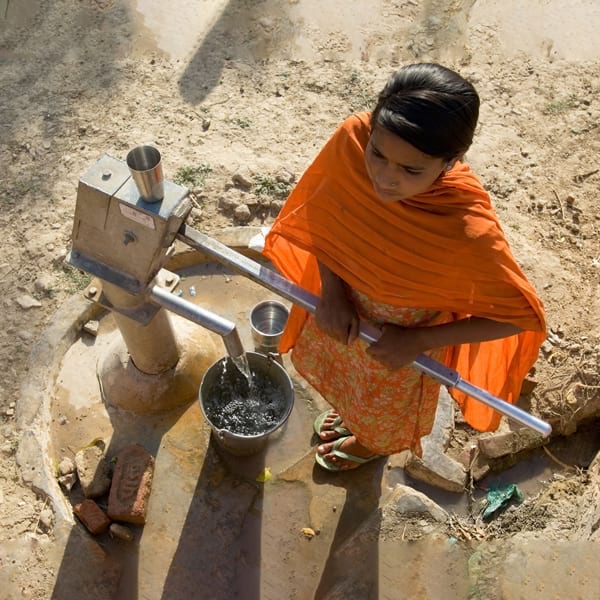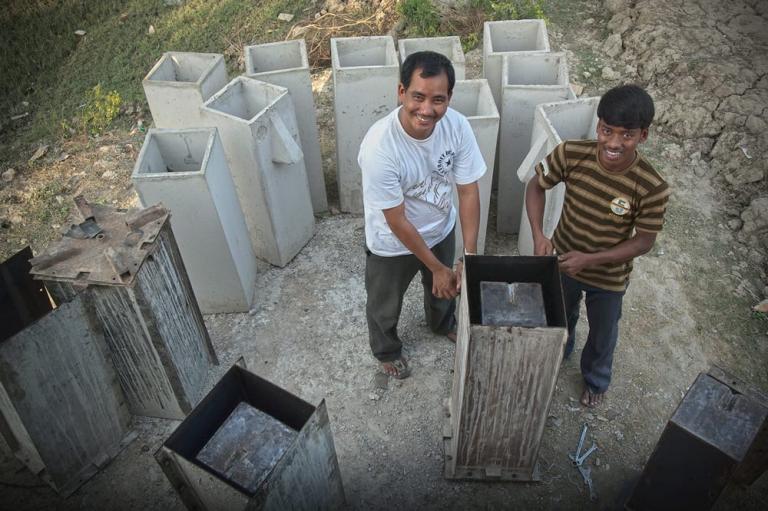WILLS POINT, TX – Gospel for Asia (GFA) Special Report #1 – Discussing the world’s quest for access to clean water that is safe to drink.
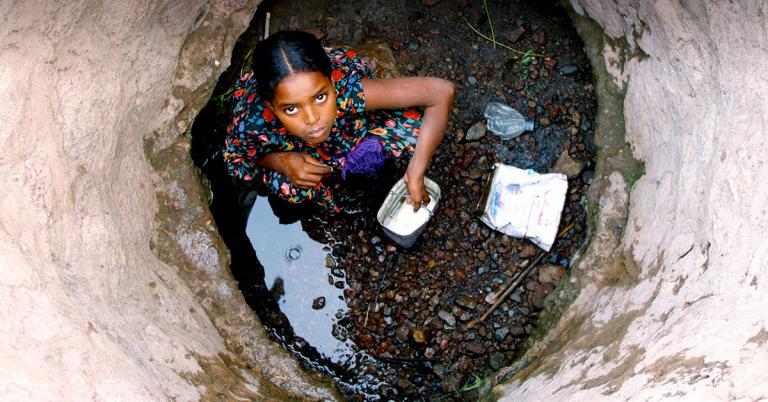
The statistics are mind-numbing.
- 502,000 people die each year from diarrhea—caused by unsafe drinking water.[1]
- 2.1 billion people have no access to safely managed drinking water.[2]
- 159 million people get their drinking water directly from surface water sources.[3]
- 263 million must travel more than 30 minutes daily to collect their water.[4]
Safe drinking water is something most of us take for granted. But for millions of people, the only water they have is contaminated. And millions more are at risk of having no water at all. According to the United Nations, 1.9 billion people (27 percent of the world’s population) live in “potentially severely water-scarce” areas.[5]
For those of us who enjoy ready access to clean water, these numbers are difficult to grasp. But for the individuals they represent, life is simple: They wake up each morning knowing they must fight to survive. The day might begin with a long journey to a watering hole. Everything else depends on that crucial task. For others, the day begins and ends in wretched poverty—because chronic illness prevents them from working. And for some, a normal day means watching their children die slowly from waterborne disease.
This is the heartbreaking reality for people around the globe. The widespread lack of clean water is a crisis we can’t ignore. But to address it, we must understand it.
Why Clean Water Is So Crucial
Water comprises about 60 percent of every human body. It’s essential to the functioning of our cells. And when we don’t take in enough water, things go wrong very fast. We can survive for weeks without food, but without water, we last only a few days.
When acute dehydration sets in, we feel thirsty; then we can begin to experience headaches, dizziness, muscle cramps and rapid heartbeat. If we don’t receive water in time, we may drift into a quiet sleep—and then death. The effects of chronic dehydration can be less dramatic but just as insidious. Over time, the skin may become dry and flaky. Constant fatigue and muscle weakness make it impossible to function normally.
Another cruel fact of life for millions is that the water they do have is contaminated with microbes or deadly trace elements. They can choose to go thirsty—or drink water that makes them sick.
To stay healthy, we need to drink about a half-gallon of water each day. But of course, we need water for more than drinking. We use it to wash our clothes and our bodies. We need it to care for our livestock and to irrigate our crops. So a lack of clean water affects every imaginable area of life. Overall, we need between 13 to 26 gallons to perform all our daily tasks.
Access to safe water is also a key to economic well-being. Farmers need a steady supply of water for their livelihood. If there are no reservoirs to draw from, they must rely on the rain. So when drought hits, the effects can be catastrophic—for the farmers and their entire communities.
People crippled with waterborne disease often spend most of their money and time dealing with it. Work, education and other activities that might help them prosper must be put on hold. Considering all these factors, it’s no wonder that the places with least access to safe water are also among the poorest.
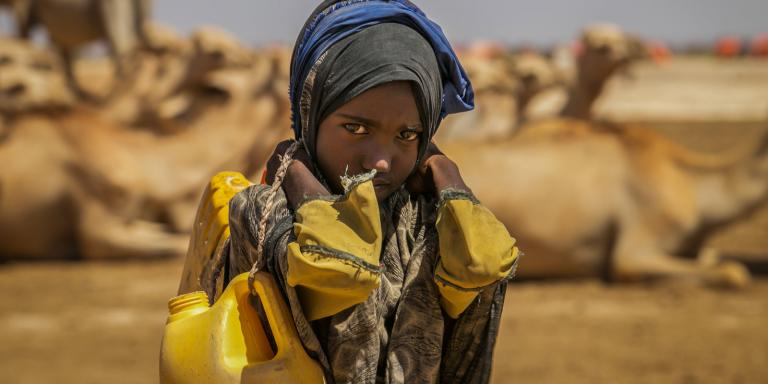
Plentiful—Yet Scarce
There’s enough water on earth to fill 326 million cubic miles (or 1.36 billion cubic kilometers).[6] In fact, 71 percent of the earth’s surface is covered with water.[7] So why is water still so scarce for so many people?
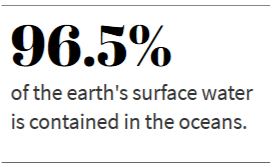 To start with, 96.5 percent of the earth’s surface water is contained in the oceans.
To start with, 96.5 percent of the earth’s surface water is contained in the oceans.
To start with, 96.5 percent of the earth’s surface water is contained in the oceans.[8] And of course, its salt content makes it useless for drinking. Desalination can make saltwater drinkable, but the high cost of that process has put it out of reach for most of the world—so far.
Of the earth’s freshwater, 68.7 percent is locked away in ice caps, glaciers and permanent snow. Another 30.1 percent is in the ground.[9] That leaves only a tiny fraction available as usable surface water, which comprises 78 percent of the water we use. The source of that surface water is the oceans. When water evaporates from the ocean surface, it leaves its salt content behind, and some of it then reaches the earth as precipitation—mainly, rainfall. That water then flows through our rivers and streams and collects in lakes and ponds. We depend on that runoff for most of our water needs.
But geographic and atmospheric conditions can prevent the rain from reaching some places. About 40 percent of the earth’s land mass is considered arid or semi-arid. And together, those areas receive only about 2 percent of the earth’s water runoff.[10] As a result, people who live in those regions often face chronic water shortages and a constant struggle to find adequate water. They typically rely on wells that tap the water in the ground. But when those wells fail, disaster follows quickly.
Digging Deep to Find Clean Water
In some arid and semi-arid regions, people depend on wells that provide water during the rainy season but go dry when the rain stops. There may be more water available deep in the ground, but the wells are too shallow to reach it. Gospel for Asia (GFA) has recognized this problem and has helped solve it by helping to drill wells up to 600 feet deep. The people can then rely on those wells for water all year round.
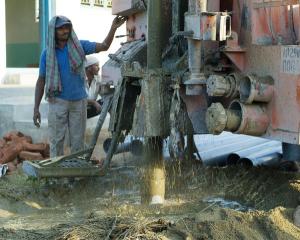
Nirdhar and Karishma’s village sits on a rocky hillside in Asia where, for years, the only water source was the rainwater that collected in a pond. In the dry months, the pond was unreliable, so the villagers would buy water from a visiting tanker truck. Gospel for Asia (GFA)-supported pastor Dayal Prasad was aware of the problem and asked his leaders if it might be possible to drill a well for the villagers.
Through the generous donations of Gospel for Asia (GFA) supporters around the world, the well project began. But it was risky; the land was notoriously dry. Few local people believed a well was even feasible. The team drilled deeper and deeper into the hard rock terrain with no results. The effort seemed futile. And then, at last—they struck water.
But the team didn’t stop. They drilled even deeper so the villagers would be assured of water through the dry months. And now, they have clean water year-round for drinking, cooking and bathing.
“We never thought a well would be drilled in our village,” Nidhar confides. “But the true need of this village was met by Gospel for Asia (GFA). We are truly thankful for it.”
Twin Hazards: Drought and Flooding
Even places accustomed to adequate rainfall can be vulnerable to drought, which may come without warning. Its impact usually depends on the preparations people have made beforehand. Most of the developed world has systems and infrastructure in place to mitigate a drought’s worst effects. In 2018, Washington state and areas of the American Southwest experienced a severe drought, which caused hardship but no large-scale human catastrophe. But it’s a different story when drought strikes poor areas that are already struggling. People die of dehydration. Crops fail and famine follows. Economies are devastated.
Drought is a terrible affliction, but the opposite problem can also occur, and sometimes in the very same places—too much water at once.
Economies are devastated.
Many communities in arid regions are physically unprepared for floods, which often come suddenly. And a lack of groundcover in the desert can make the flooding even more destructive. Floodwaters often mingle with raw sewage, which can cause skin rashes, tetanus, gastrointestinal illnesses and wound infections in people exposed to it. The standing water left behind by floods also breeds mosquitoes, which transmit vector-borne diseases such as dengue, malaria and West Nile fever. In some places, rodents proliferate after flooding. These creatures carry microbes such as leptospira bacteria, which are then released in the rodents’ urine. As a result, leptospirosis can reach epidemic levels after a flood. Left untreated, it can cause respiratory distress, liver failure and death.
Dying of Thirst: The Global Water Crisis – The Crucial Quest for Access to Clean Water: Part 2 | Part 3
This Special Report article originally appeared on gfa.org.
Read the Global Clean Water Crisis Report: Finding Solutions to Humanity’s Need for Pure, Safe Water.
Learn more about how to provide clean water to families and villages through Jesus Wells and BioSand Water Filters.
To read more on the Global Clean Water Crisis on Patheos, go here.
Click here, to read more blogs on Patheos from Gospel for Asia.
Go here to know more about Gospel for Asia: Radio | About | Integrity | Facebook | Lawsuit
For more information about this, click here.


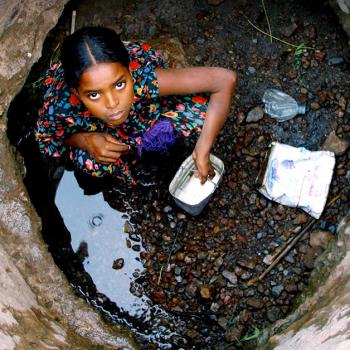
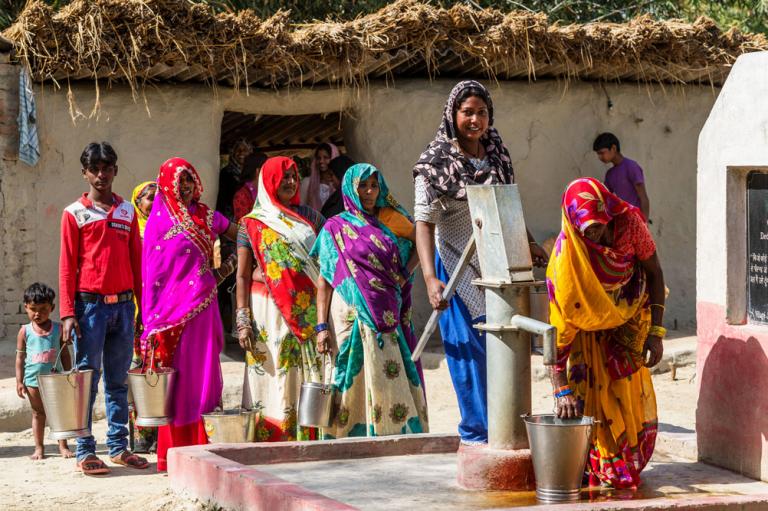
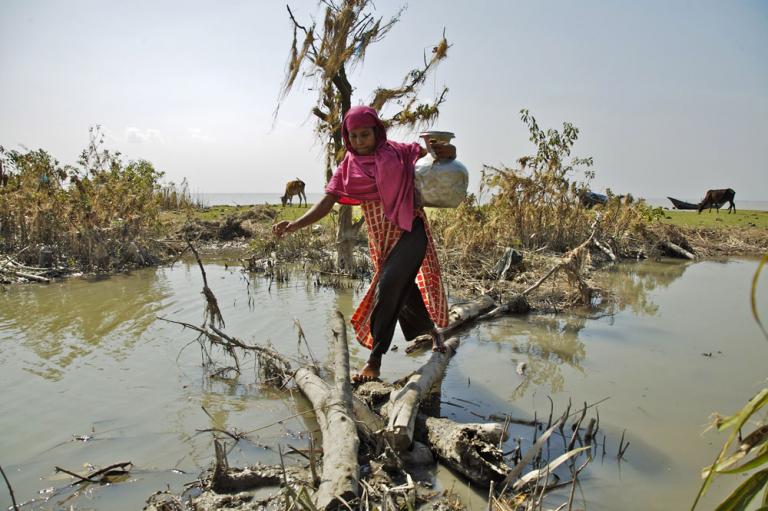

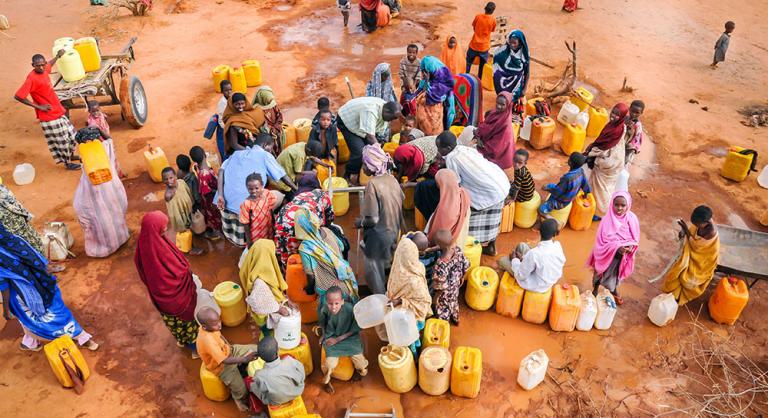
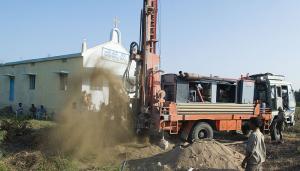
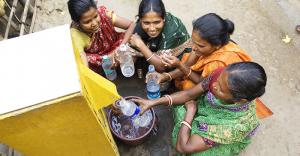

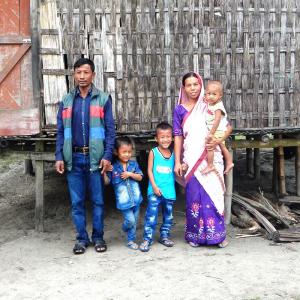
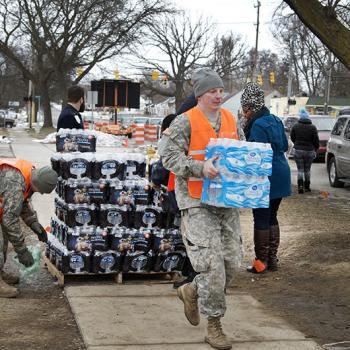
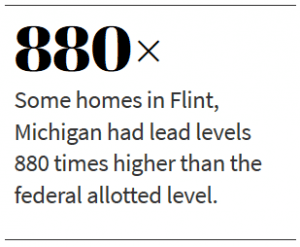
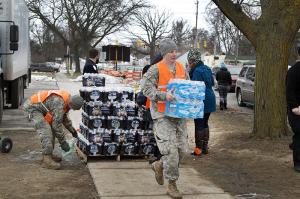

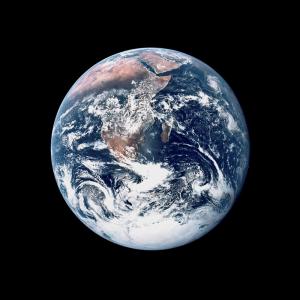

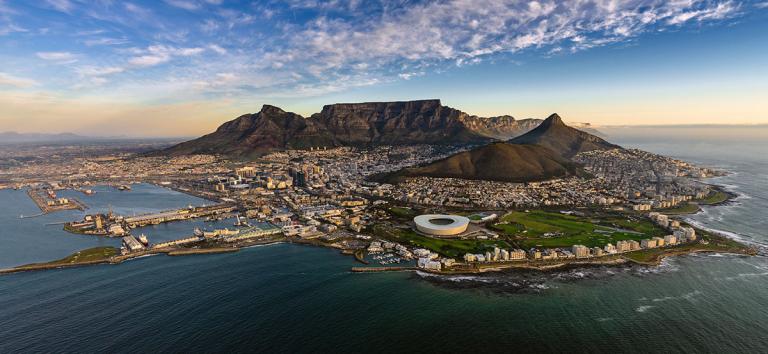
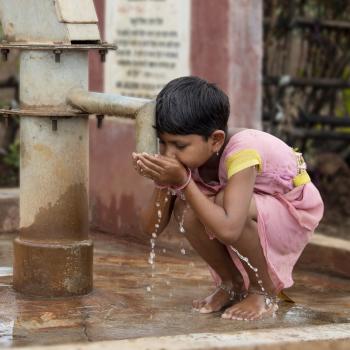
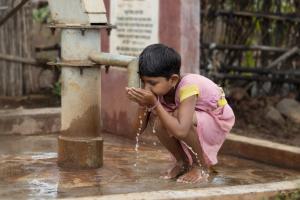
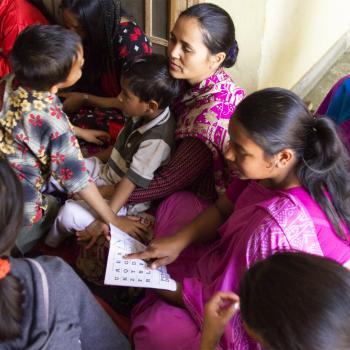
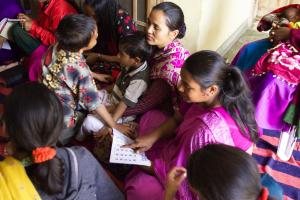
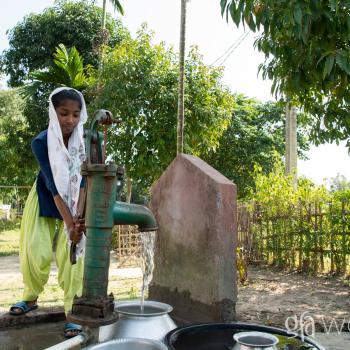
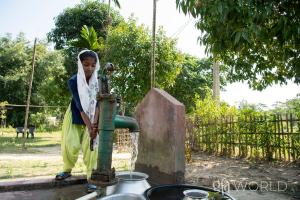
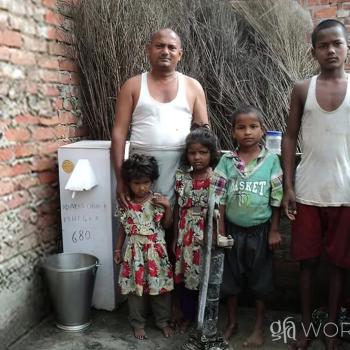
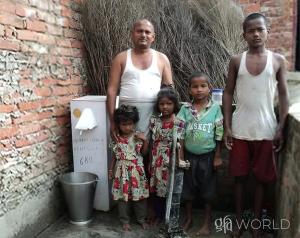
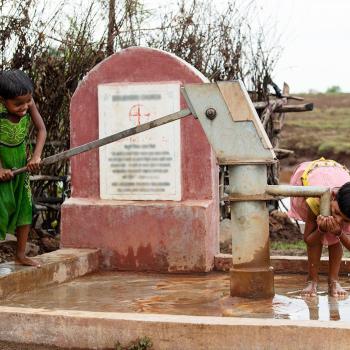


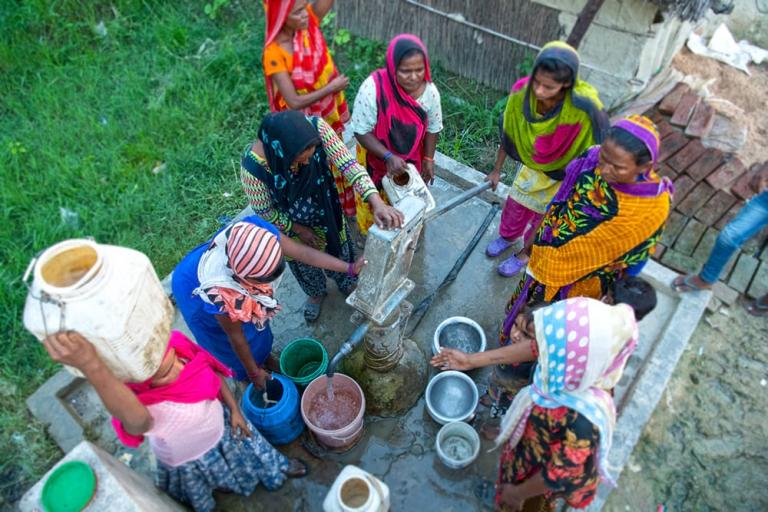
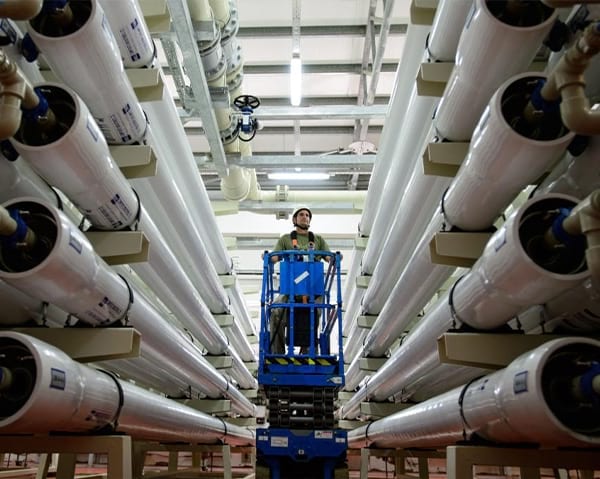
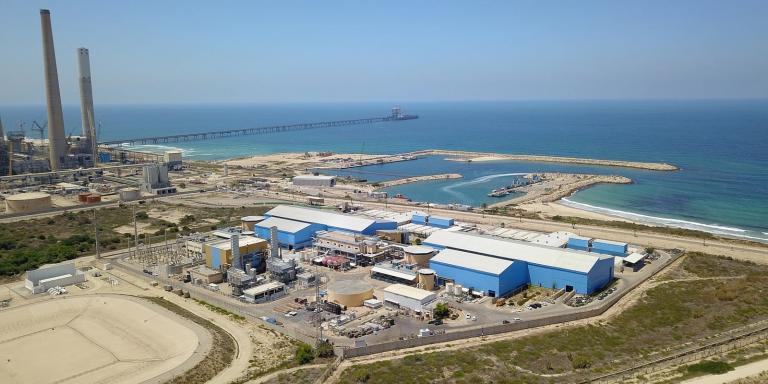
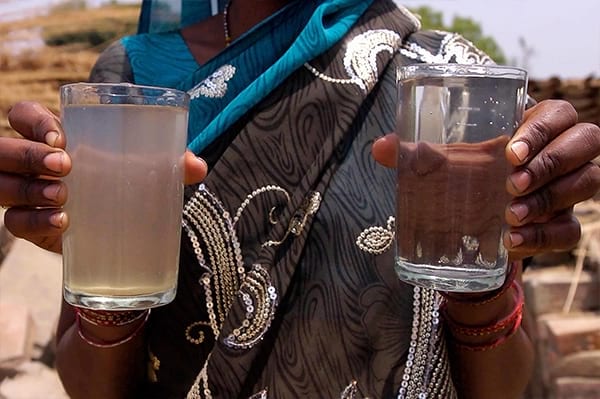
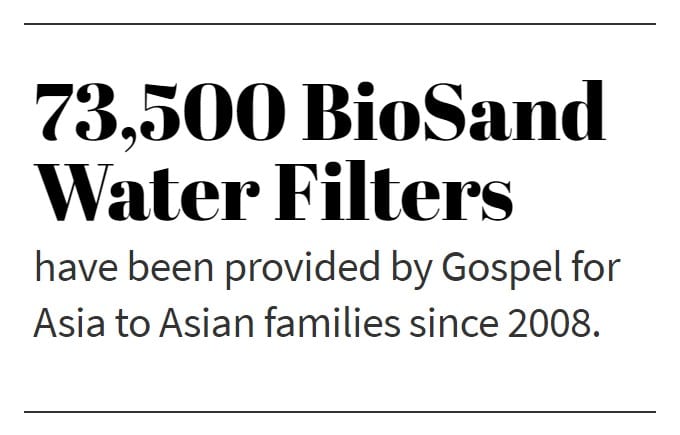 Nirmala’s story is typical and illustrates the impact these simple devices can make. She lives in a small Asian village where the only water source is a small polluted pond.
Nirmala’s story is typical and illustrates the impact these simple devices can make. She lives in a small Asian village where the only water source is a small polluted pond.
